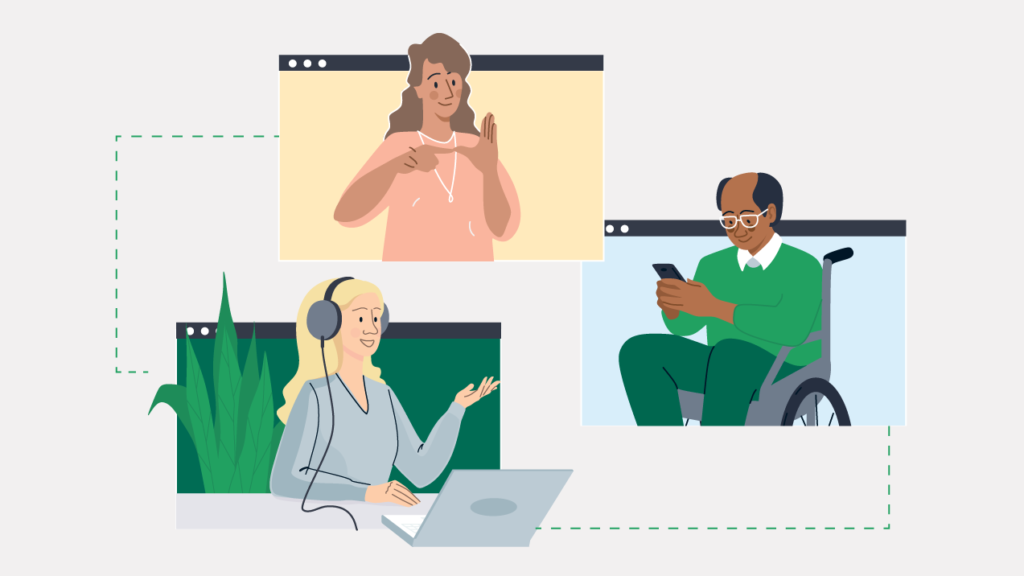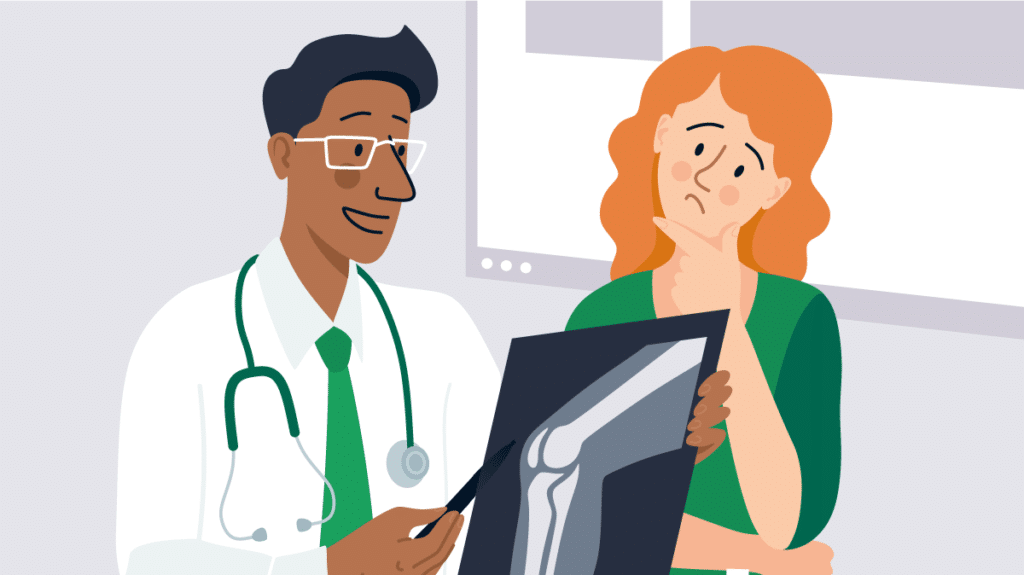Dentist-Entrepreneur, Dr Nauv Kashyap's Tips
A successful dental practice is one that puts efficiency at the top of the list. We sat down with dentist-entrepreneur Dr Nauv Kashyap who has owned 17 dental practices in Australia to get his tips on how dental practices can save money, cut down wait times and make each working day more streamlined.
1. Hire fewer team members with better training
“Staffing costs are probably the biggest expense you have control over as a dental practitioner,” Dr Kashyap says. “Most dentists will automatically focus on materials when looking to reduce their costs, but in dentistry, what we’re truly selling is a service, and our patients’ time is always important to them. If you’re working with efficient, well-trained staff—front desk staff as well as dental assistants—your practice can function with fewer people and produce the same results.”
As just one example, Dr Kashyap points to the impact of a well-managed front desk on the efficiency of a practice as a whole. “A highly trained receptionist can manage contacting patients to set up new bookings and recalls, while also welcoming people as they arrive for their appointments. On the other hand, if your practice has to hire a dedicated receptionist to welcome patients, that’s a cost of around $50,000 per year. I’ve seen practices that are able to run three dental chairs with just one very efficient receptionist.”
“We can find efficiencies in who we hire and how we train our staff, and we can also save money by looking at the way staff are rostered,” Dr Kashyap adds. “Being over-staffed one day a week may not seem like a high cost in the short term, but if you multiply that cost over a year, it starts to add up.”
2. Streamline your materials for each procedure
Away from the reception desk, Dr Kashyap says there are plenty of other opportunities for more efficient procedures in the dental surgery itself. “Look at the way your materials are organised and work out the most streamlined setup, down to the way your drawers are filled and labelled, so it’s quick and easy to set up trays for each procedure,” he explains.
“If you’ve got materials grouped and ready to go for fillings, crown and bridge appointments, and other procedures, you won’t have to go to 15 different drawers to get the right instruments for each patient,” he adds. “Just by grouping your materials in one single pack, labelled and stored in the right spot, you’ll create massive efficiencies.”
3. Rely on trust, not detail, in patient communications
Communication is one of the key areas Dr Kashyap focuses on when training newer dental practitioners. “Some dentists think the more information they give to a patient, the more likely the patient will be to accept a treatment and the happier they will be overall,” he says. “Those patients do exist, but there are many others who don’t really want the details of what you’re going to do with that tooth—they just want it fixed.”
“Many dentists don’t recognise that they can save time here, but the fact is as soon as you’ve built trust with a patient, you can get to work,” Dr Kashyap adds.
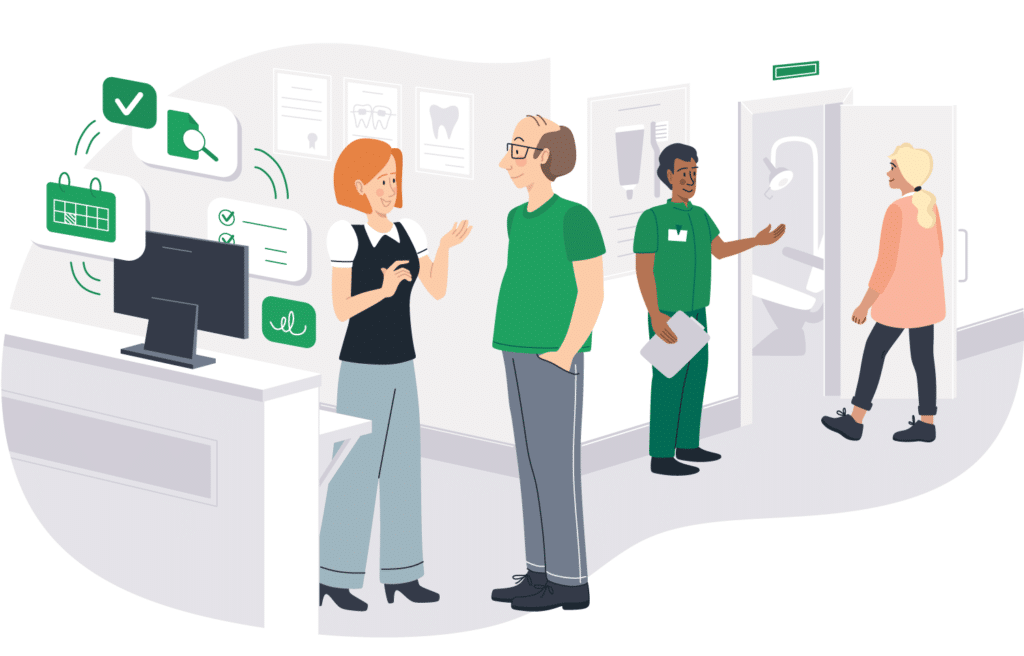
4. Consider the latest tech solutions
Technology offers a whole range of ways dental practitioners can improve efficiency. One of the most revolutionary examples from recent years is the increasing use of CAD/CAM (computer-aided design/computer-aided manufacturing), which can allow dentists to scan, design and mill a new crown within minutes.
“In the past, dentists would take an impression of a broken tooth and leave their patient wearing a temporary restoration for about two weeks while their new crown was created,” Dr Kashyap explains. “Temporaries fall out about 20% of the time, which means another trip to the dentist at no cost to the patient. With CAD/CAM, you’ve got the crown ready to go almost immediately. Patients can even watch their new crown being milled in front of them.”
While the purchase of a CAD/CAM scanner and mill is a significant up-front investment, Dr Kashyap says the use of tools like these is likely to accelerate substantially over the next few years. “This is one of the biggest technological advancements in our industry—it will change dentistry,” he says.
Grow and modernise your dental practice with HotDoc
5. Automate everyday communications
While technologies like CAD/CAM may soon transform entire dental procedures, in the meantime, the humble SMS can still be useful in streamlining communications.
“Patient reminders, appointment reminders, recalls and confirmations—all these can be taken care of through an automatic SMS system,” Dr Kashyap says. “We shouldn’t need a receptionist to call up every single patient to confirm their appointment for the next day. This should be an automated process in an efficient dental practice.”
The use of electronic forms is similarly important for efficiency gains. “We used to ask patients to turn up 10 minutes early to fill in their forms,” Dr Kashyap says. “Sometimes they’d only turn up at the start of their appointment. Either way, our dental assistants had to spend time entering all their details manually into practice management software. By using e-forms, all this can be done in the patient’s own time, before the appointment.”
For Dr Kashyap, efficiency matters to make the most of our dental practices now, and to be ready for challenges and opportunities in the future. “When you’re prepared with the right staff, equipment, procedures and technology, you’re running a truly efficient dental practice,” he says. “You’re able to execute each appointment flawlessly, without losing time or money.”
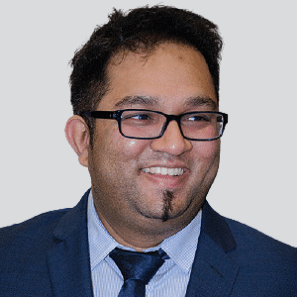
Dr Nauv Kashyap
Dentist & Managing Director, Practice Ownership Consulting
Dr Nauv Kashyap is an Australian dentist and entrepreneur who coaches dentists on all aspects of dental practice ownership. Dr Kashyap purchased his first dental practice in 2008 and over a decade he took the annual turnover from $400K to $5M. He has since owned a further 16 dental practices, some of which he has sold.
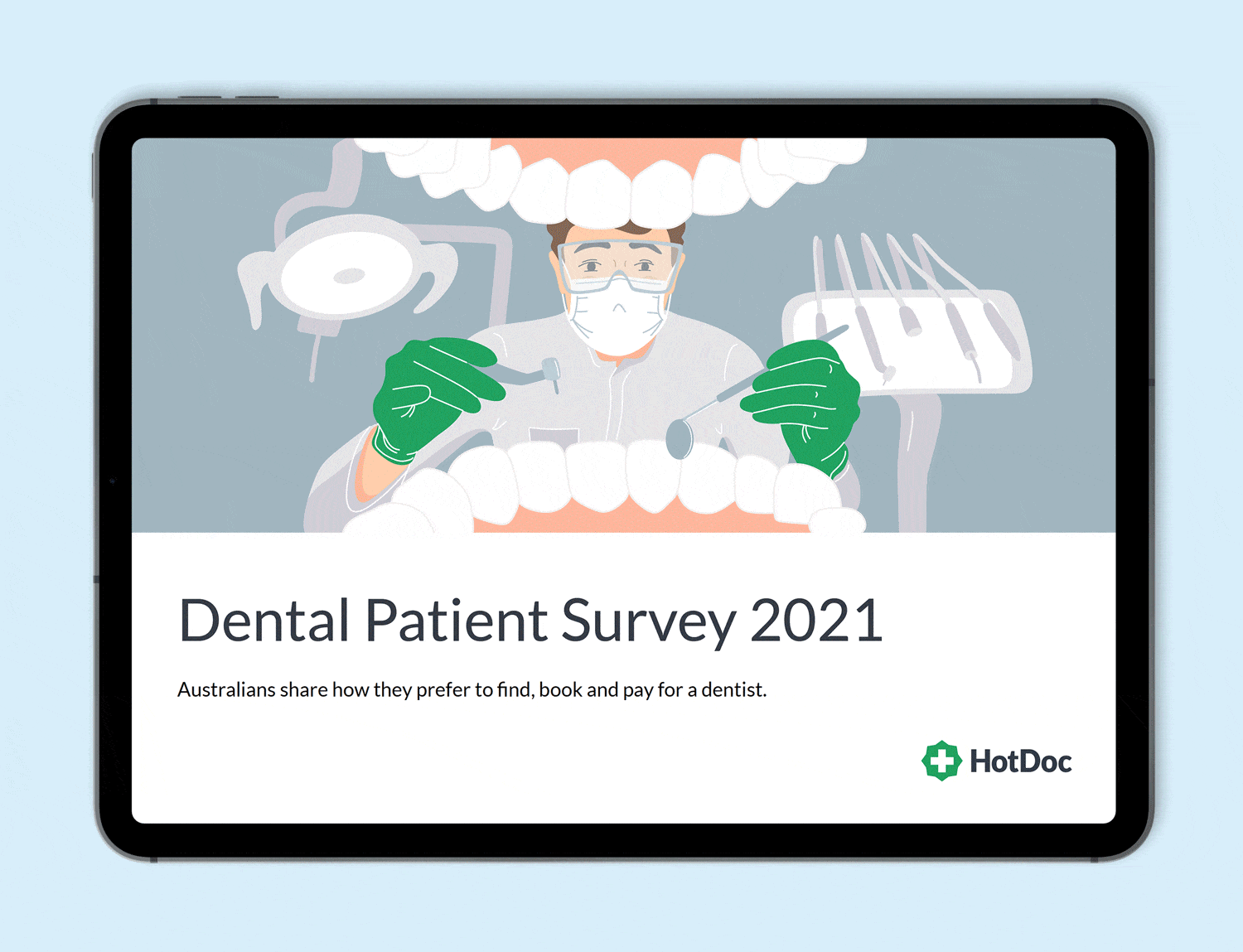
FREE: Dental Patient Survey 2021
Discover how Australians prefer to find, book and pay for a dentist, so you can deliver the experience your patients expect and deserve.

